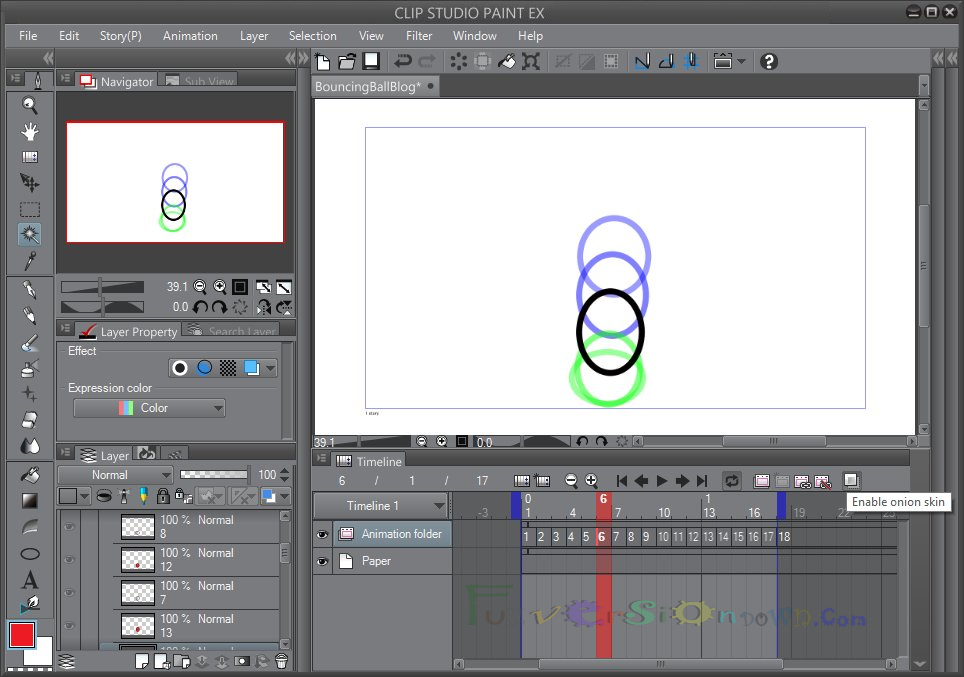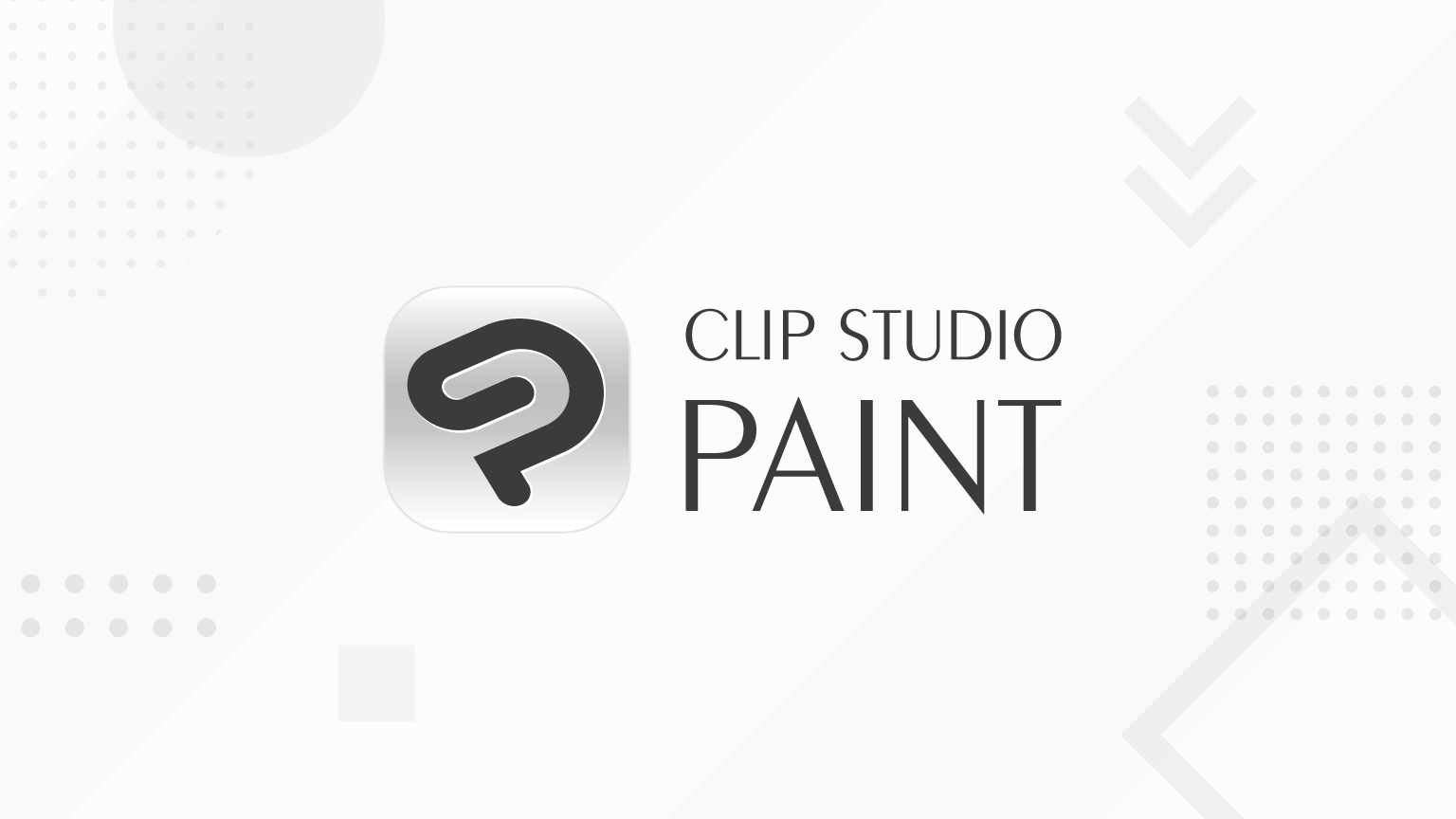

I’ve added some arrows to visualize what I mean by page flow. Here is the finished sketch for the dialogue I’ve previously placed. If you make a new file in Clip Studio, you can select the second button on top to create a comic page, and then select a number of useful presets: I would recommend already thinking about what size you want your comic printed at! While you can resize things later, you will ensure the best quality if you stick with the intended format all the way through. Now, let’s actually start by creating the file for the comic page. If you have already made a webtoon though, don’t fret! Hopefully, this tutorial will still provide some good advice on how to optimize your reformatting process, or at the very least, offer you a better process to follow for any future chapters of your comic! It makes more sense to first stick to the tighter restrictions and then open yourself up. However, a comic page can only fit so much content. An episode on Webtoon can be as long as you want it to be. The reason for it is simple: Pages are a more constricting format than the vertical scroll. So, what we are going to do is first create our comic pages, and then reformat them to Webtoon. Your experience may differ, and I definitely recommend trying different approaches if mine doesn’t work for you. This is not an end-all-solution, but it is a process that works very well for me personally. This was a mistake, because reformatting a webtoon to comic pages is even more challenging than the other way around!įor the third chapter, I learned from my mistakes and figured out a good methodology. Because it was my first time doing so, I struggled quite a bit with the process!įor the second chapter, I thought it would be smart and help me have updates ready sooner if I finished my comic as a webtoon first, and only then reformatted it into comic pages. But when Webtoon Canvas announced a contest, I decided to reformat the comic and enter it.


As a result, I have been able to figure out a process that works very well for me!įor the first chapter, I just drew normal comic pages, without ever intending to make it into a webtoon. Reformatting a comic isn’t the easiest or most natural thing to do, so I’ve used different approaches to do so. I am currently working on the fourth chapter of my webcomic/webtoon Weirdogs.


 0 kommentar(er)
0 kommentar(er)
